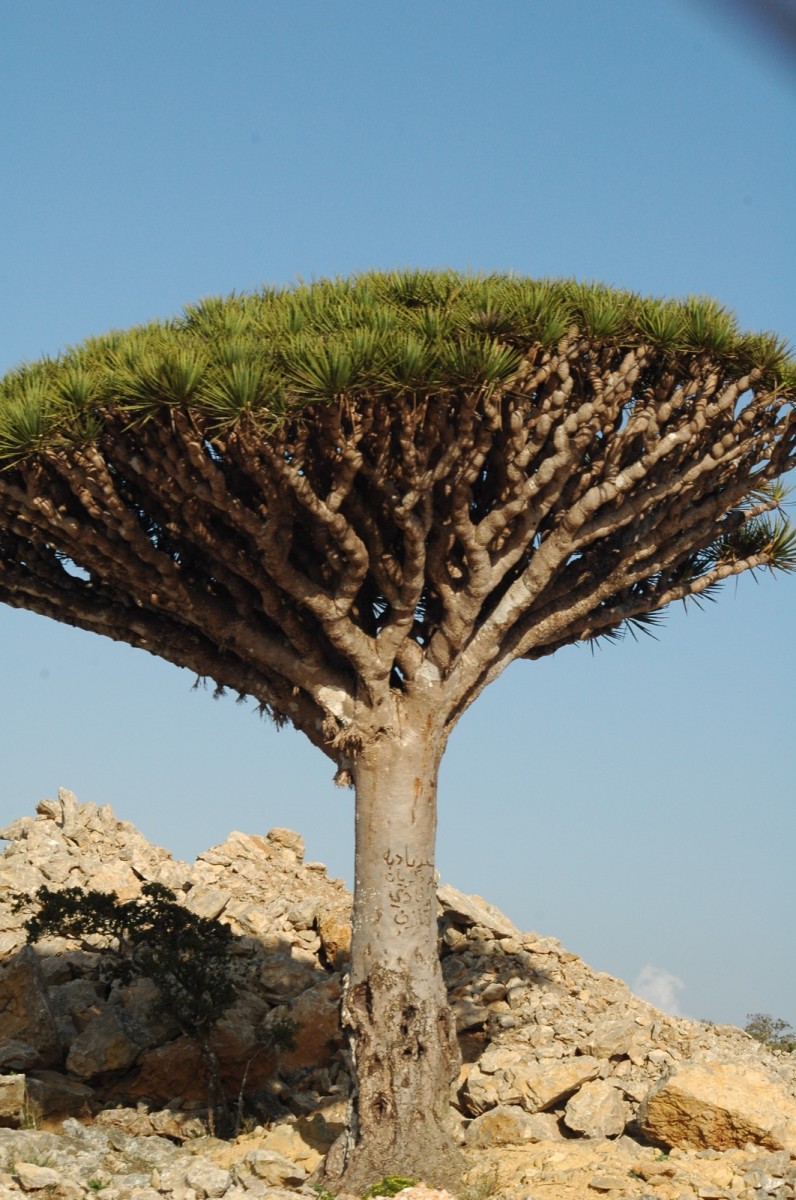The revival of tourism in the Socotra Archipelago, the southern tourism destination


This year, the Socotra Archipelago Governorate is experiencing a distinguished tourist season, which began last October and will continue until next May before stopping for four months due to climate change.
Over the past weeks, the governorate has received hundreds of eco-tourism enthusiasts, research scientists, and exploration enthusiasts, to enjoy the archipelago’s stunning nature, unique terrestrial and marine biodiversity, and environmental, heritage, and cultural factors and characteristics that have made it a destination for tourism in the south, despite the exceptional and difficult circumstances it is experiencing.
p>
The Yemeni government and the local authority in the governorate worked during the last period to stimulate the tourism movement on Socotra Island by creating appropriate conditions and facilities, improving services, enhancing infrastructure and security stability to attract tourists, in conjunction with training tourist guides and giving them skills and knowledge about the most important steps that must be taken. In addition to tourist guidance.
Socotra Island is distinguished from other tourist sites by its diversity, as it is considered one of the four most important islands in the world in terms of plant biodiversity and home to thousands of plants, animals, endemic birds and marine life. The United Nations Educational, Scientific and Cultural Organization (UNESCO) also classifies it as one of the most islands. Rich and distinguished in biological diversity in the world.
The number of plant species in the archipelago reaches about (850) species of plants, of which about (270) species are endemic to the island and are not found anywhere else in the world, the most prominent of which are the brother’s blood tree, the Socotra aloes and frankincense, which are medicinal plants commonly used to treat Many diseases, as well as the “Umtah” plant that residents use as animal fodder, the Farhal plant with long stems, the Kartab plant that grows on cliffs, the endangered wheat plant, the Iksha tree that usually grows on mountain slopes and produces clusters of large juicy fruits, and the pomegranate tree. Wild, and Ishhab trees, which produce high-quality construction wood.
There are more than 290 species of birds in Socotra, including 44 species that breed in the archipelago, including rare species threatened with extinction, and 58 species migrate annually and on a regular basis. It also receives dozens of species of migratory birds every year, which see Socotra’s nature as a safe place for shelter. And comfort.
The geographical nature of the archipelago represents an opportunity for exploration enthusiasts and enthusiasts, as there are many caves and mountain caves formed by natural erosion factors, some of which are due to “geological” factors. Most of these caves and caves are inhabited by residents who carry out their usual normal lives and receive tourists and visitors to the archipelago.
As for the island’s beaches, which extend to a distance of (300 miles), they are distinguished by their unique characteristics in terms of their pure white sand dunes, the clarity of their water and the spread of palm trees, which makes it one of the best places for swimming and recreation.
Visitors of these beaches can also dive into the depths of the sea to see various marine life, as there are 253 species of coral reefs, 730 species of coastal fish, and 300 species of crab, lobster and shrimp, according to UNESCO statistics.
In addition to the beaches, there are many abundant waterfalls in Socotra, the most important of which is the “Danghan” Falls in Hadibu, which is 6 km away from the center, as well as the Halah, Mommi, Qa’ra, and Ehaft Falls, and most of these waterfalls originate from the tops of the mountains throughout the year.</p >